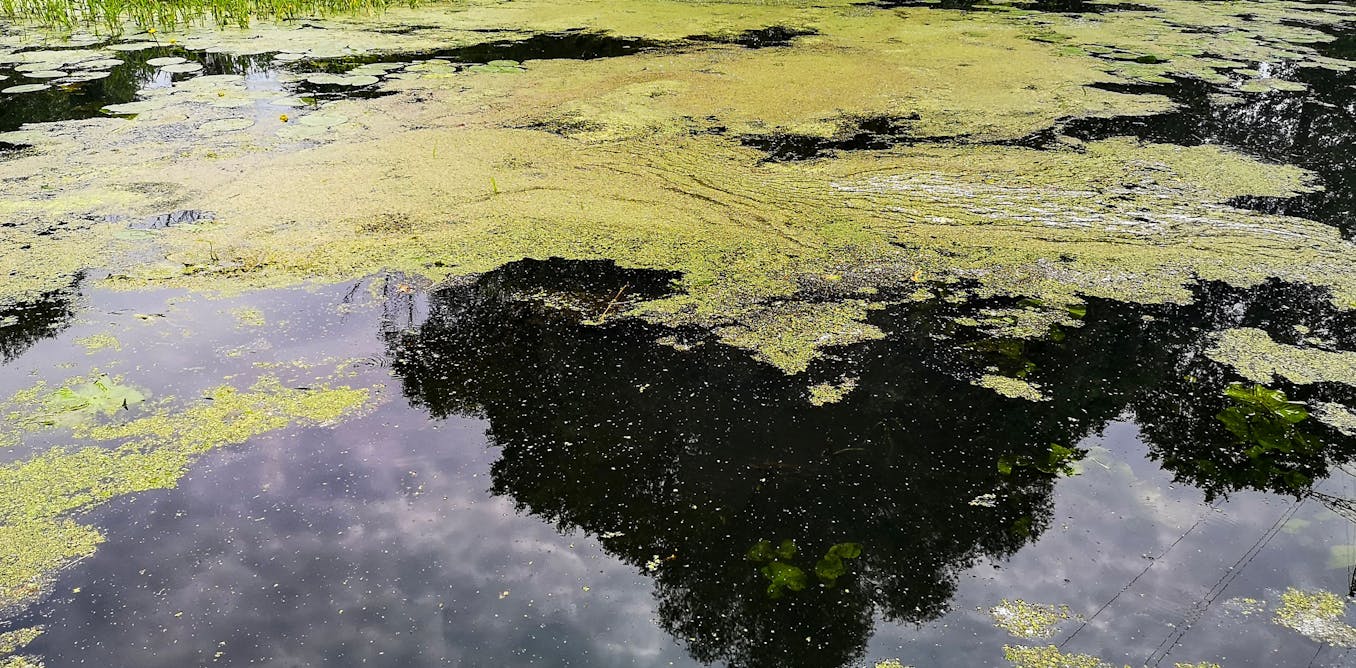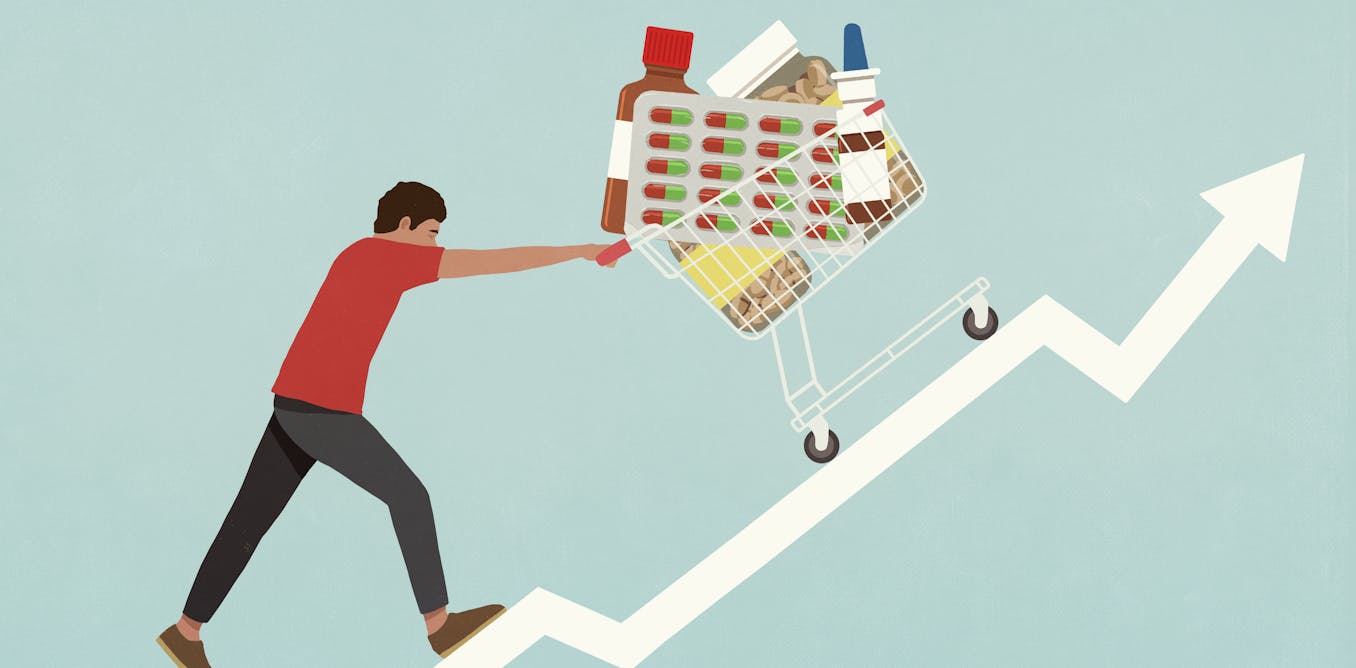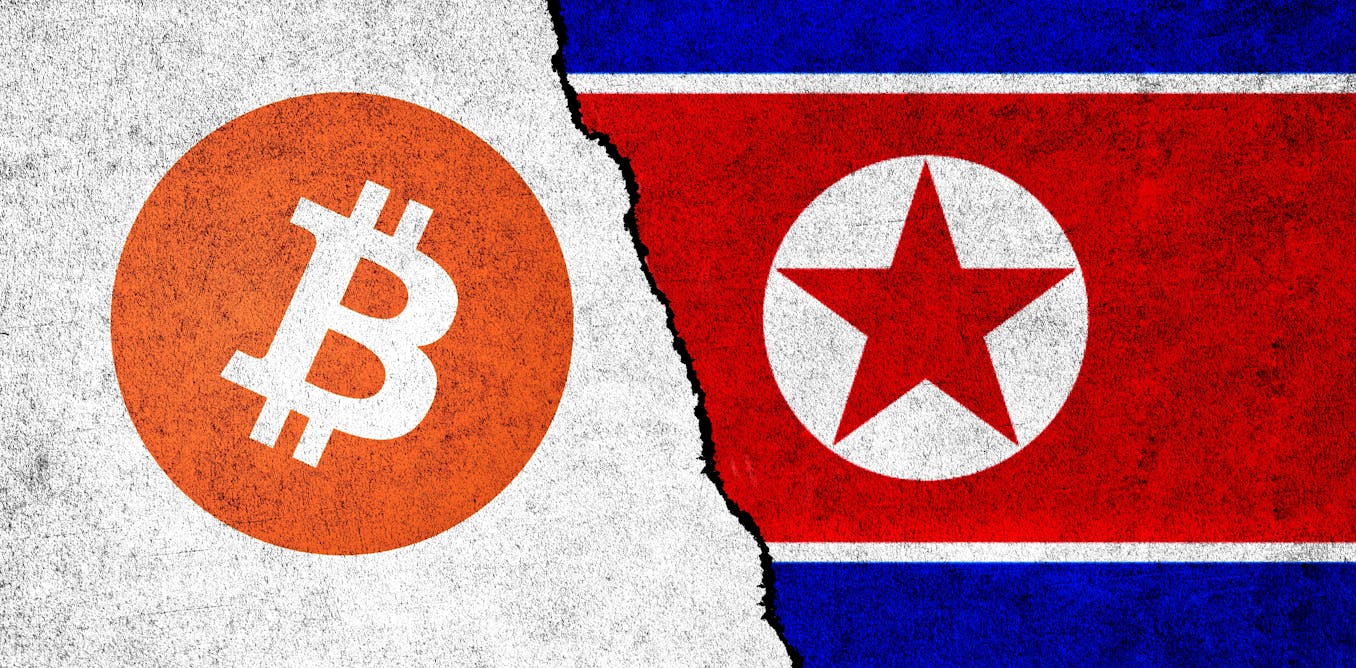“Sustainability” and “resilience” have become buzzwords in recent years, but many people don’t know what either term really means. As an economist who studies environmental issues, I believe an important first step to solving any problem is to define your terms clearly.
Although laypeople often use them interchangeably, sustainability and resilience aren’t the same thing. In fact, resilience isn’t even a single concept. Two influential ecologists have defined “resilience” in two completely different ways.
This might seem like an academic debate over words – and indeed, not all environmental policymakers even know that this conflict exists. But they should. That’s because how we define problems, and come up with solutions, matters.
A short history of sustainability and resilience
While the word “sustainable” dates back to at least the 17th century, the concept got a big boost in 1987. That’s when the United Nations’ World Commission on Environment and Development defined sustainable development as “development that meets the needs of the present without compromising the ability of future generations to meet their own needs” in its high-profile report “Our Common Future”.
This was a big deal. In the post-World War II era, environmental concerns had been expressed prominently and vividly by people such as conservationist Rachel Carson in her book “Silent Spring,” but until the U.N.’s 1987 report, no appropriate world body had officially recognized the relevance of these concerns. Since then, sustainable development and sustainability have become popular concepts in academic and policy circles.
So that’s sustainability. What about resilience?
In 1973, ecologist C.S. “Buzz” Holling defined resilience in an influential article. He contended that the resilience of an ecosystem – since called ecological resilience – can be thought of as “the magnitude of disturbance that can be absorbed before the system changes its structure by changing the variables and processes that control behavior.”
In other words, it’s how much stress a system can take before it changes its state. For simplicity’s sake, I’ll call this the “Holling definition” of resilience.
To make matters more complex, in a 1984 article in Nature, ecologist Stuart Pimm came up with a second definition of ecosystem resilience, since called engineering resilience. According to Pimm, resilience refers to “how fast a variable that has been displaced from equilibrium returns to it.” “Equilibrium” means a state of balance.
Put differently, according to this definition, a resilient system will return to its state of balance after being disturbed. Let’s call this the “Pimm notion” of resilience.
How the two types of resilience are different, and why it matters
My research on resilience has led me to two key conclusions. First, the Holling and Pimm notions of resilience are very different. And second, from a policy perspective, the approach you take should depend on the state – or states – of the system whose behavior you’re trying to influence.
In other words, if you think a system has only one equilibrium state, then Pimm, or engineering resilience, is the correct concept to use. This is because no matter how badly this system gets shocked, when the shock is removed, this system will always return to its unique state of balance.
However, if you think that the underlying system doesn’t have a single equilibrium state but can exist in multiple states, then Holling, or ecological resilience, is the relevant concept for policy.
Research shows that most natural and socioeconomic systems exist in multiple states. That suggests policymakers should focus on resilience in the sense of Holling.
One lake, three states
That’s all pretty abstract. To see how it looks in practice, consider a lake.
David McNew/Getty Images
Research shows that many lakes can exist in one of two stable states, depending on how much of a chemical called phosphorus is in them.
For humans, the oligotrophic state – in which the water has submerged vegetation and allows swimming and water sports – is the good state.
The eutrophic state – in which nutrients in the water lead to cloudiness and toxic algal blooms – is the bad one. But that’s just from a human perspective. From the perspective of algae, the eutrophic state is good – and it’s stable.
There’s also a brief transitional state between those two. Evidence shows that many other ecosystems also can be described using this three-state classification.
The goal of policy should be to keep the lake in the oligotrophic state for as long as possible or, alternately, to keep this lake in the eutrophic state for as little time as possible.
In other words, policymakers should want the lake to be maximally Holling resilient in the “good” oligotrophic state, and minimally Holling resilient in the “bad” eutrophic state.
Lessons for system management
Here are three key takeaways:
First, the concept of resilience – since it’s integrally tied to the state of a system – can be good or bad. It all depends on the state of the system that a policymaker is seeking to affect.
Second, talking about the Pimm or engineering resilience of the lake is unhelpful because the lake – and many other systems – can exist in more than one stable state. Relatedly, the question of how quickly a shocked system returns to its equilibrium state can’t be answered meaningfully because once the shock is removed, the system may not return to its pre-shocked state.
And finally, keeping our lake in the human-friendly oligotrophic state for as long as possible directly brings time into the management problem. Since sustainable development and sustainability are both about dynamics or phenomena happening over time, there’s a definite connection between resilience and sustainability.
Specifically, the sustainability of a system requires that this system be resilient in the sense of Holling. We could also say that a necessary condition for sustaining a system is that it be resilient. This is also what the researcher Charles Perrings has in mind when he says that a development strategy isn’t sustainable if it isn’t resilient.
Environmental policymakers like to talk about sustainability and resilience. But in my experience, not enough of them know what these words mean. To get better results, they can start by defining their terms.

The post “What do they mean, and how do they matter for policy?” by Amitrajeet A. Batabyal, Distinguished Professor, Arthur J. Gosnell Professor of Economics, & Interim Head, Department of Sustainability, Rochester Institute of Technology was published on 08/02/2024 by theconversation.com






































Leave a Reply